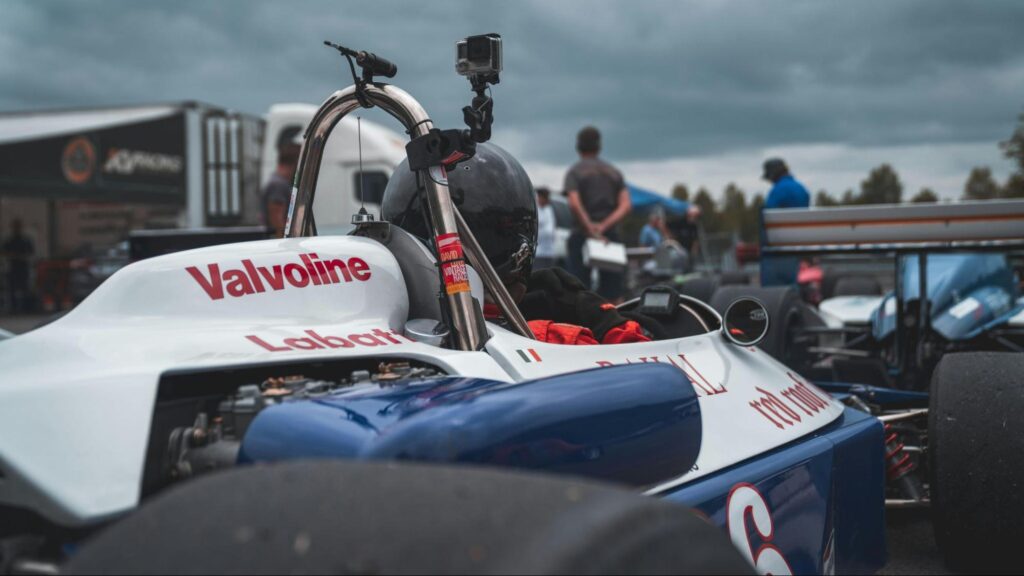Exploring the Speed Secrets of F1 Speedsters: How Fast do Formula 1 Cars go
How Fast do Formula 1 Cars go
Formula 1 cars are renowned for their incredible speed on the racetrack, making them the ultimate example of high-performance engineering. These machines can reach staggering velocities, showcasing the pinnacle of automotive innovation and aerodynamic design. The speeds achieved by Formula 1 cars serve as ultimate tips for the relentless pursuit of performance in the world of motorsports.
Formula 1 cars can accelerate from 0 to 60 mph in just over 1.6 seconds. The acceleration of these cars is so intense that drivers experience forces of up to 5 Gs, pushing the limits of human endurance and reflexes. This rapid acceleration allows Formula 1 cars to reach their top speeds in a matter of seconds, demonstrating the sheer power and agility of these vehicles.
One of the most striking characteristics of Formula 1 cars is their ability to achieve speeds well in excess of 200 mph. With engines that can produce over 1,000 horsepower and advanced aerodynamics that maximize downforce and reduce drag, Formula 1 cars can reach top speeds of around 230 mph on certain circuits. This exceptional velocity makes Formula 1 races a thrilling spectacle for fans around the world.

Factors Affecting the Speed
Formula 1 cars achieve their incredible speeds due to various factors that come into play during their design, development, and performance on the track. These factors directly influence the speed capabilities of these cutting-edge racing machines.
- Aerodynamics: The aerodynamic design of a Formula 1 car plays a crucial role in its speed and performance. With advanced aerodynamic components such as front and rear wings, diffusers, and bargeboards, these cars are optimized for minimal drag and maximum downforce.
- Engine Power: The powerful engines used in Formula 1 cars are another key factor in their incredible speed. These turbocharged V6 hybrid engines produce over 900 horsepower, providing the cars with exceptional acceleration and top speeds.
- Vehicle Weight: The weight of a Formula 1 car significantly impacts its speed on the track. These cars are designed to be as lightweight as possible without compromising safety or performance.
- Tire Technology: The tires used in Formula 1 racing play a vital role in the cars’ speed and performance. High-performance tire compounds with optimal grip levels are essential for maximizing traction and cornering speeds.
- Driver Skill: The skill and expertise of the drivers themselves are fundamental in achieving and maintaining high speeds in Formula 1. Drivers must exhibit exceptional control, precision, and decision-making abilities to push the limits of both the car and themselves.
The speed of Formula 1 cars is a combination of meticulous engineering, advanced technology, and the skillful execution of drivers on the track. By optimizing these key factors, teams can continue to push the boundaries of speed and performance in the world of motorsports.

Top Speed Records
Formula 1 cars are renowned for their incredible speeds, setting impressive records over the years. These cutting-edge vehicles have pushed the boundaries of velocity, achieving unprecedented top speeds on various race tracks around the world. Here are some notable top speed records in Formula 1 history:
- Fastest Recorded Speed: The fastest speed ever recorded by a Formula 1 car during a Grand Prix weekend was set by Juan Pablo Montoya in 2005. Montoya reached an astounding speed of 231.523 mph (372.6 km/h) at the Italian Grand Prix held at Monza circuit. It stands as one of the most remarkable speed milestones in Formula 1 history.
- High-Speed Thrills at Monza: The Monza circuit in Italy is known for its high-speed nature, with drivers achieving incredible velocities. Several other top speed records have been set at this iconic track, emphasizing the significance of aerodynamics and engine power in maximizing velocity.
- Powerful Hybrid Engines: In the modern era of Formula 1, the introduction of hybrid power units has further enhanced the cars’ speed capabilities. These sophisticated engines, coupled with advanced energy recovery systems, have contributed to reaching higher top speeds in recent years.
Formula 1 cars continue to push the boundaries of speed with a combination of cutting-edge technology and driver skill. From aerodynamics to engine power, every aspect is finely tuned to achieve maximum velocity on the track. By utilizing advanced tools like speed trap technology, GPS data analysis, and telemetry systems, teams can optimize performance and strive for new speed records. The pursuit of speed in Formula 1 is not just about breaking limits but also about pushing the boundaries of what is possible in the world of motorsport.

